In North Carolina, the concept of “right-of-way” encompasses various legal frameworks that dictate how land can be used, accessed, and traversed.
These laws are pivotal in urban planning, property rights, and transportation.
This article delves into the intricacies of North Carolina’s right-of-way laws, providing a comprehensive overview for property owners, developers, and the general public.
Understanding Right-of-Way
At its core, a right-of-way is a legal right to pass through property owned by another party. This does not confer ownership but grants specific usage rights. In North Carolina, rights-of-way are commonly established through:
- Deed or Agreement: Explicitly documented in property deeds or through formal agreements between parties.
- Survey: Determined based on land surveys that outline specific access paths.
It’s crucial to note that while a right-of-way allows passage, it typically restricts use to ingress and egress, meaning entry and exit, along a defined path.
The specifics can vary, with each right-of-way having its own set of rights and restrictions.
Types of Easements Related to Right-of-Way
Easements are rights granted to use another’s land for a specific purpose. In North Carolina, several types of easements pertain to rights-of-way:
- Express Easements: Created through written agreements, often detailed in property deeds. For example, a property owner might grant a neighbor the right to install a sewer line across their land.
- Prescriptive Easements: Acquired through continuous and open use of another’s land without permission for a statutory period, typically 20 years in North Carolina. For instance, if a neighbor uses a path across another’s property openly and continuously for over 20 years, they may gain a prescriptive easement.
- Easements by Necessity: Arise when a property is landlocked and requires access to a public road. These are created out of the necessity to access the property. For example, a landlocked parcel might need a driveway through a neighboring property to reach the nearest public road.
Legal Implications and Considerations
Easements and rights-of-way can significantly impact property value and usage. Key considerations include:
- Location and Scope: Determining the exact boundaries and permissible uses of the easement.
- Maintenance Responsibilities: Clarifying who is responsible for upkeep and repairs.
- Usage Rights: Defining who can use the right-of-way and under what conditions.
- Modifications and Termination: Establishing if and how the right-of-way can be altered or terminated.
Disputes often arise over these aspects, underscoring the importance of clear agreements and thorough understanding.
Right-of-Way in Transportation
The North Carolina Department of Transportation (NCDOT) plays a pivotal role in acquiring and managing rights-of-way for public infrastructure projects. The process involves:
- Project Planning: Identifying land necessary for transportation projects.
- Property Acquisition: Engaging with property owners to purchase the required land, ensuring fair compensation and adherence to legal protocols.
- Public Engagement: Informing and involving the public throughout the process to maintain transparency.
NCDOT provides detailed manuals and publications outlining these procedures, ensuring that property owners are well-informed about their rights and the acquisition process.
Read More:
- Idaho’s Right of Way Laws: The Essential Rules Every Driver Should Know
- Stay Safe on Hawaiian Roads: A Complete Guide to Right of Way Laws
Pedestrian and Vehicular Right-of-Way
North Carolina’s General Statutes outline specific right-of-way laws to ensure safety and order on roadways:
- Pedestrians: Drivers must yield to pedestrians at marked crosswalks and intersections. In areas without traffic signals, pedestrians have the right-of-way when crossing within any marked crosswalk or at regular pedestrian crossings at the end of a block.
- Intersections: At intersections without traffic signals, drivers must yield the right-of-way to vehicles already in the intersection or those approaching from the right.
Understanding these rules is essential for both drivers and pedestrians to prevent accidents and ensure compliance with state laws.
Challenges with Landlocked Properties
Property owners with landlocked parcels—properties without direct access to public roads—may face challenges in obtaining a right-of-way. In North Carolina, such owners can pursue:
- Easement by Necessity: As previously discussed, this arises when a property requires access to a public road due to being landlocked.
- Prescriptive Easement: Gained through prolonged, unauthorized use of a path over another’s property.
- Cartway Proceedings: A legal process where a landlocked property owner petitions the court to establish a private road over neighboring land to access a public road.
Each method has specific legal requirements and implications, and property owners often seek legal counsel to navigate these complex processes.
Conclusion
North Carolina’s right-of-way laws are multifaceted, affecting various aspects of property ownership, transportation, and daily interactions on roadways.
Whether you’re a property owner, developer, or commuter, understanding these laws is crucial. For detailed information and guidance, consulting legal experts or referring to official NCDOT publications is advisable.
Disclaimer- Our team has thoroughly fact-checked this article to ensure its accuracy and maintain its credibility. We are committed to providing honest and reliable content for our readers.






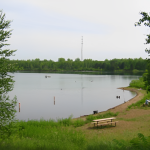
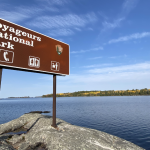



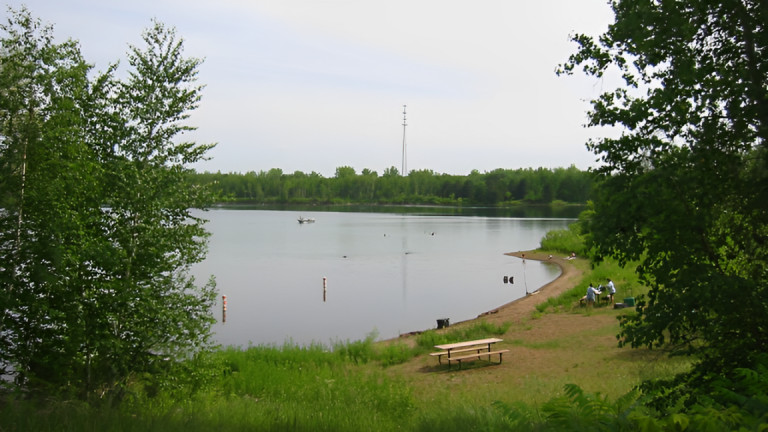


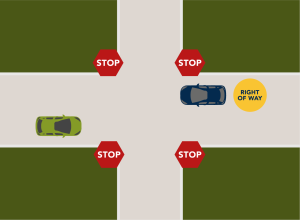
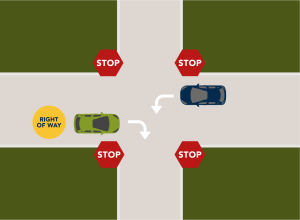
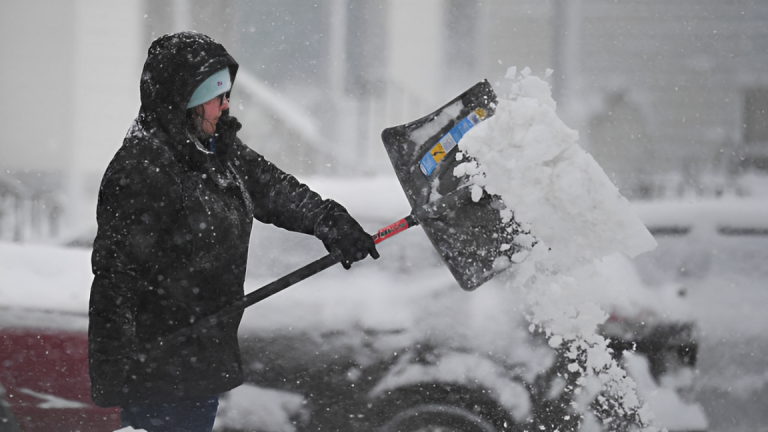





+ There are no comments
Add yours